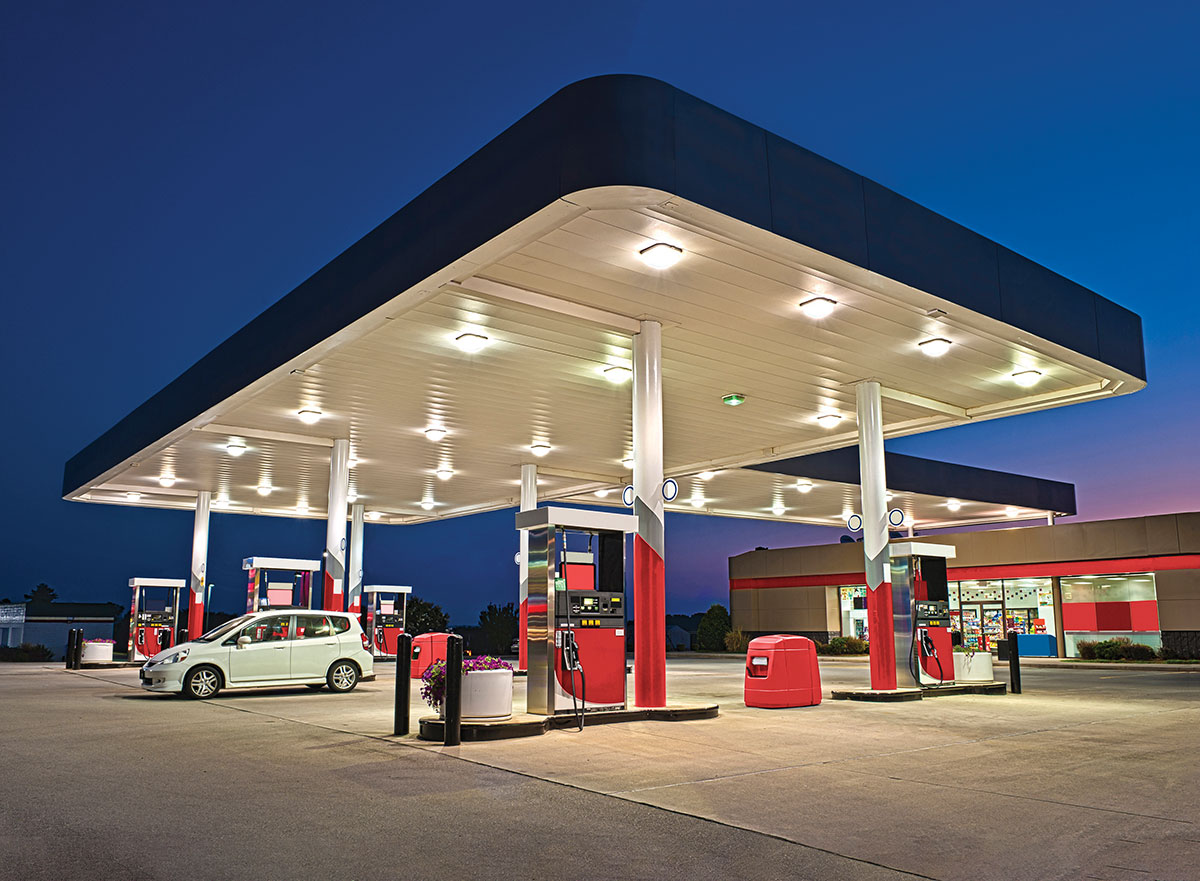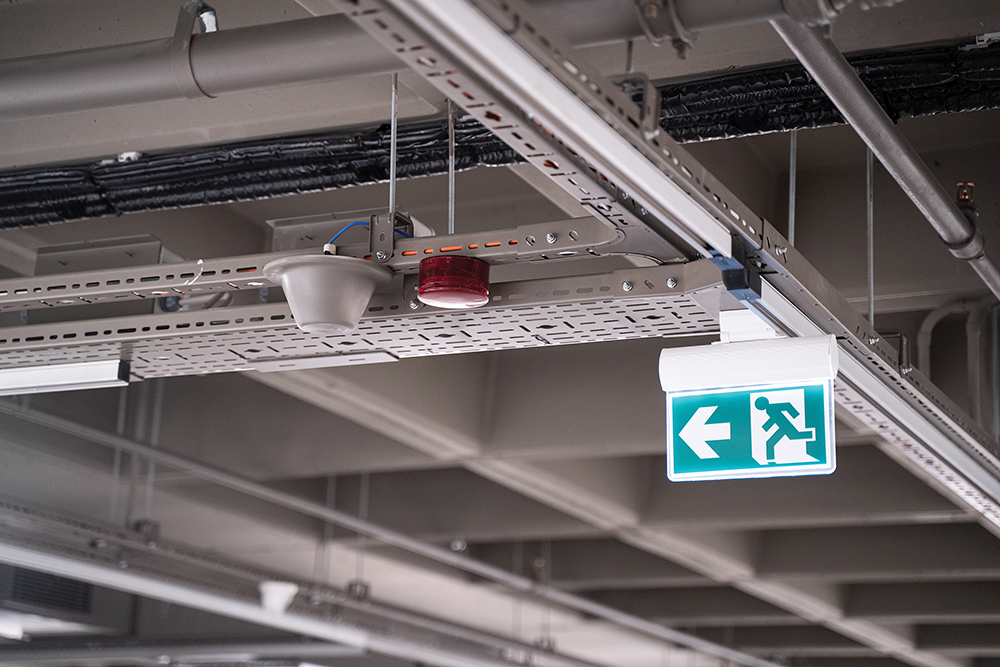A hazardous location is defined by the Canadian Electrical Code as a location where the hazard of fire or explosion exists as a result of flammable and explosive products. This article discusses some of the mystery surrounding hazardous locations. As we all know, many industries manufacture, process or use flammable or explosive products. A great deal of effort is taken to reduce fire and explosion hazards, but process failures, incorrect installations, inadequate maintenance or incorrect operation procedures can result in a hazardous situation.
The CEC defines hazardous locations and specifically identifies the electrical installation requirements for such locations in Sections 18 and 20. Hazardous locations are the areas of buildings or premises where flammable or explosive gases or vapours, combustible or electrically conductive combustible dusts or ignitible fibres are present in quantities sufficient to cause a fire or explosion. Sections 18 and 20 specify minimum requirements for installation of electrical wiring and equipment in locations where fires or explosions are likely.
Hazardous locations must be protected from electrical sources of ignition that might cause a fire or explosion. Electrical arcing by equipment such as a contactor or a switch is one source of ignition. Heat-producing electrical equipment such as lighting, transformers or heaters is another. The CEC provides rules for wiring and equipment so as to minimize these risks.
We’re all familiar with the fire triangle. It takes three components to initiate a fire or explosion—source of ignition, fuel and oxygen. Take away any one of these, and nothing happens. But vapour-producing liquids and gases also have some other properties that can determine whether a fire or explosion may occur and here some of these.
The flash point of a liquid is the minimum temperature at which the liquid gives off sufficient vapour to form an ignitible mixture with air. For example, gasoline has a flash point of -43.3 C. This means that explosive vapours are always given off except at very cold temperatures.
Minimum ignition temperature is the minimum temperature at which a vapour or gas will ignite. Appendix B of the CEC provides a table containing the minimum ignition temperatures of many gases and vapours. Obviously the surface temperatures of electrical equipment must be lower than the minimum ignition temperature so as to avoid a fire or explosion.
Rate of evaporation is the rate at which a hazardous vapour is produced from a liquid. If removal of the vapour equals or exceeds the rate at which the vapour is produced, fire or explosion risks are reduced or eliminated.
Vapour density of a gas or vapour is the ratio of the weights of gases or vapours to air. For example, the vapour density of hydrogen is .1, which means that hydrogen is 1/10 the weight of air. The vapour density of gasoline fumes is 3.4. So if there was to be a gas leak, where would we expect to find hydrogen gas, at floor level or at the ceiling level? What about gasoline fumes?
Flammable (explosive) limits are the upper and lower limits of the mixture with air that will support combustion. A mixture of gas or vapour and air below the lower explosive limit (LEL) will be too lean to ignite, while a mixture above the upper explosive limit (UEL) will be too rich. For example, gasoline fumes have a LEL of 1.4% by volume in air and a UEL of 7.6%. Hydrogen has a LEL or 4.0% and a UEL of 75%.
The CEC, Rule 18-004 classifies hazardous locations as:
Class I where flammable gases or vapours are present in quantities sufficient to create a fire or explosion
Class II where combustible or combustible electrically conductive dusts are present
Class III where ignitible fibres or flyings are present
Hazardous locations are also classified as to the degree of risk as determined by the types of hazardous products present in each location. Class I gases and vapours are further classified into Zones, based on the fire and explosion hazards present in each Zone.
Zone 0 – An explosive gas atmosphere (explosive gases, vapours or mists) is present continuously or for long periods. One example would be the air space above a flammable liquid such as a solvent in an enclosed storage tank. The CEC prohibits power consuming devices such as a motor or lighting equipment within a Zone 0. Only intrinsically safe, extremely low energy, circuits are permitted.
Zone 1 – Where an explosive gas atmosphere is likely during normal operation or the location is next to a Zone 0 location.
Zone 2 – Where an explosive gas atmosphere is not likely or may exist for only a short time, or the location is next to a Zone 1 and prevented by positive pressure ventilation.
As with previous articles, you should always consult your electrical inspection authority in each province or territory as applicable for a more precise interpretation of any of the above.














Find Us on Socials